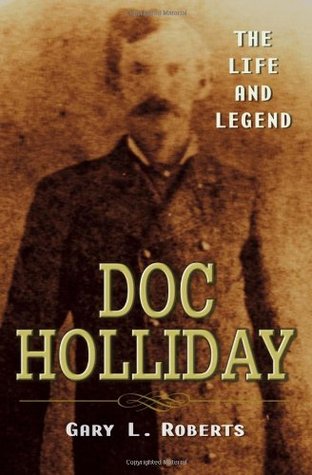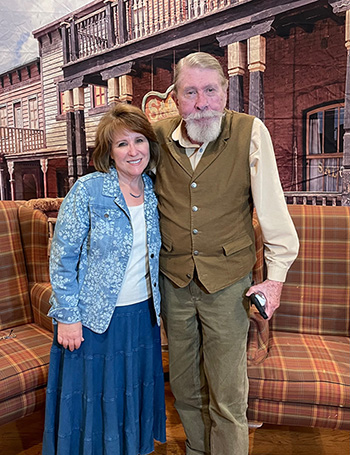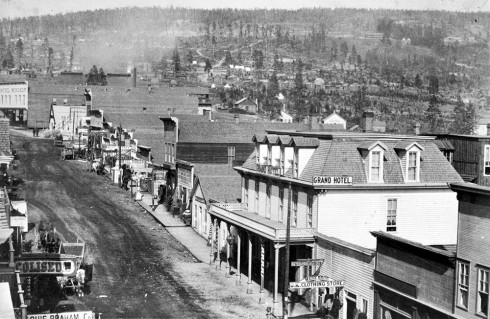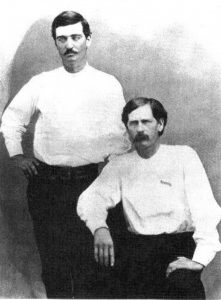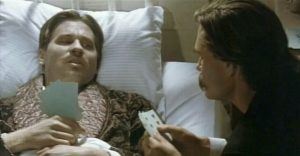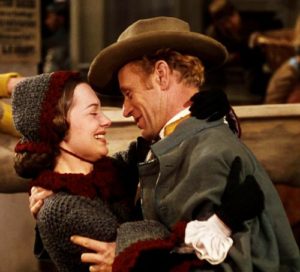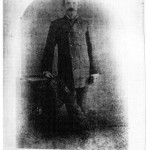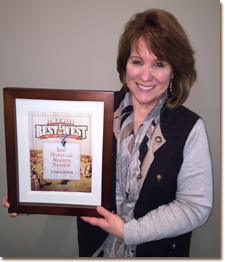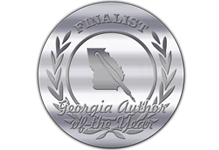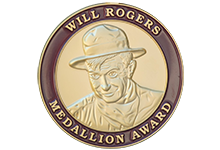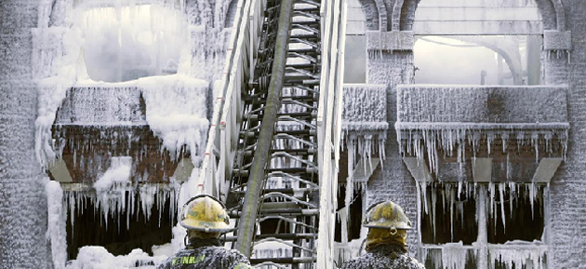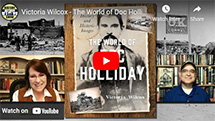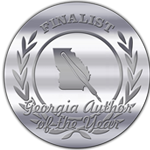When I first began researching and writing about Doc Holliday, I had the pleasure of being introduced by Doc’s family to historian Dr. Gary L. Roberts, then working on his own biography of the Western legend. Gary and I became good friends over the years as we shared our historical discoveries and discussed what each new bit of information meant in the context of Doc’s adventurous life. And although we were writing different sorts of books—Gary’s the scholarly biography Doc Holliday: The Life & Legend, and mine the historical novel trilogy The Saga of Doc Holliday—we were both working toward the same goal of bringing Doc’s true history to light, and I have appreciated Gary’s unfailing support of my own work.
Holliday
Stories
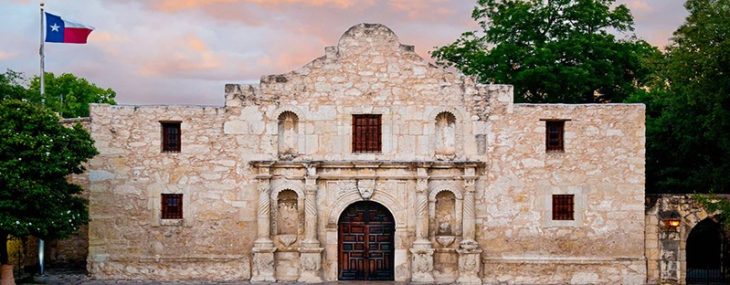
An Evening with Doc Holliday
Holliday
Stories
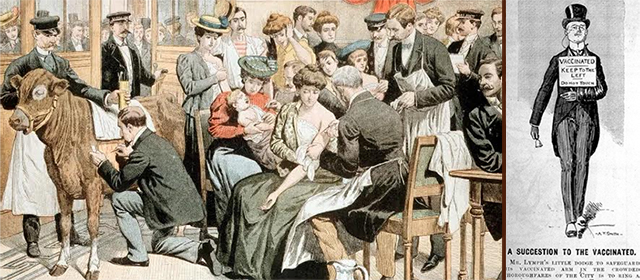
Leadville Takes a Shot
Called the “Cloud City” because of its 10,000-foot elevation, Leadville, Colorado was both the highest city in the country and the richest silver camp in the world. By 1882, when Doc Holliday arrived, the Leadville mining district was producing $14 million worth of silver and the hills were warrened with mine shafts, cluttered with stamp mills, and overhung with the haze of smelters that never stopped burning. With all that money and a population of 40,000 and growing, Leadville seemed destined to take over Denver’s place as the state capital. The city’s main thoroughfare of Harrison Street was crowded day and night with coaches and carriages, ore wagons and delivery drays, foot traffic and fine horses and trains of burros bound for the mines. There were brick and stone sidewalks fronting tall business buildings, stores filled with every description of merchandise, a grand Opera House provided by Horace Tabor, and enough law offices to handle all the legal entanglements of claims and claim jumpers, mine deeds and multiple-owner partnerships. There were, in fact, nearly as many lawyers in Leadville as there were saloons—and there were nearly a hundred of those, making saloon-keeping the biggest business in town. And where there were saloons, there were all the lesser establishments that went along with them: gambling houses, dance halls, bordellos and opium dens.
Holliday
Stories
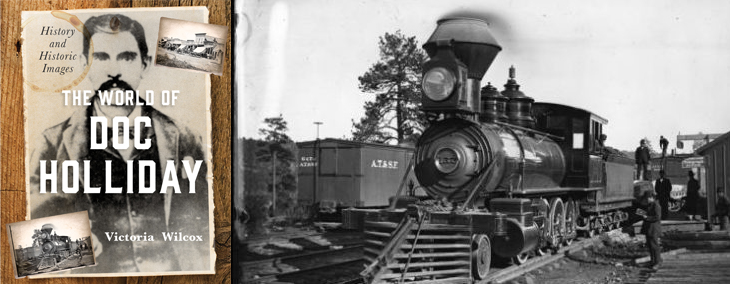
Designing Doc Holliday
One of the last—but most important—elements of book publishing is the design of the cover. A self published author may have complete control over cover design, while a traditionally published author (like yours truly) has a whole art and marketing department to do the work. With many creators taking part in the process, the final product may not reflect the author’s first intent, while still satisfying bookstore buyers and distributors.
Continue readingHolliday
Stories
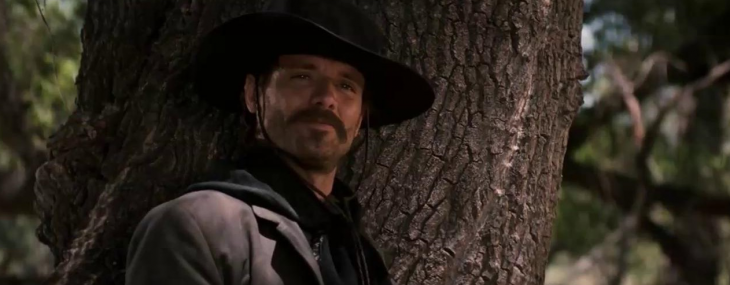
Why Doc Holliday Killed Johnny Ringo in “Tombstone”
It’s the dramatic final duel between Doc Holliday and his alter-ego nemesis, Johnny Ringo, in the classic Western film “Tombstone,” as Doc shoots Ringo dead and comments wryly, “the strain was more than he could bear.” Although that’s not what really happened (Doc wasn’t even in Arizona when Ringo died), there’s a reason screenwriter Kevin Jarre wrote it that way: this is drama not documentary, and the rules of
Holliday
Stories
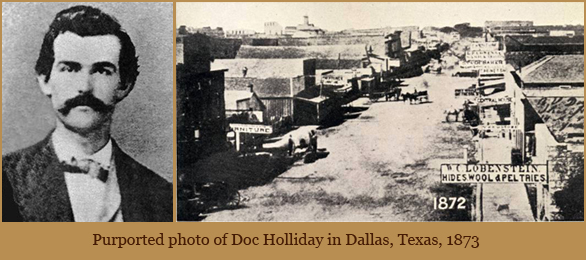
Why Doc Holliday Went West
According to popular legend, Doc Holliday left home and went west because he was diagnosed with consumption and told that he had to go to a kinder climate to save his life. And that’s partly true. He was eventually diagnosed with consumption (though when or where, we don’t know) and he did go to the western Territory of New Mexico for his health. But that was years after he left Georgia, after he’d already made a name for himself in several other states. The first place he went after leaving home was Dallas, Texas, which is in the South, not the West, and which did not have a kinder climate. The Dallas weather was much like Georgia, hot and humid in the summer, cold and humid in the winter. It had also been recently closed down by a yellow fever epidemic and was famous for being the second least healthy place in the country to live, right behind the bayous of Louisiana. No one would go there for his health.
So what was it that made John Henry Holliday leave home? The more likely cause of his western exodus wasn’t sickness, but a shooting—a story told in various versions by people who knew him personally, most notably by lawman Bat Masterson. As Masterson tells it, near to the South Georgia village where Holliday was raised ran a little river where a swimming hole had been cleared, and where he one day came across some black boys swimming where he thought they shouldn’t be. He ordered them out of the water and when they refused to go, he took a shotgun to them and “caused a massacre.” In the troubled days of Reconstruction, his family thought it best that he leave the area, so he moved to Dallas, Texas. The village, of course, was Valdosta, and the river was the nearby Withlacoochee. Continue reading
Holliday
Stories
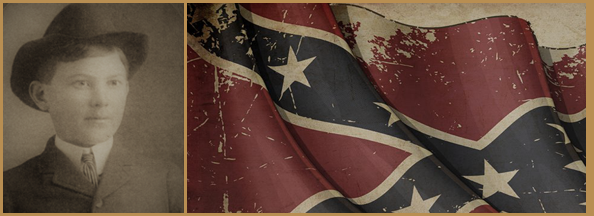
Doc Holliday: Before the Legend
No one knew when John Henry Holliday was born that he would die as a legend called “Doc Holliday.” So no one bothered keeping the kind of records that his future chronicler would need to bring his story back to life. The facts that were noted were nothing more than would appear in any old family Bible. But if you mix together the few recorded facts of his life before he became a legend with details of the lives of his family and set it against the background of the Southern world in which he lived, the history begins to look something like a story…
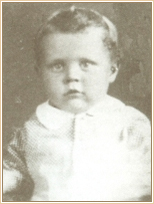 He was born on the 14th of August in 1851 in the little city of Griffin, Georgia. His father, Henry Burroughs Holliday, was a businessman and clerk of the county court. His mother, Alice Jane McKey, was the musically talented oldest daughter of a cotton planter, set to inherit some of her family’s fortune. There was another boy in the Holliday household when John Henry was born — a teenager named Francisco
He was born on the 14th of August in 1851 in the little city of Griffin, Georgia. His father, Henry Burroughs Holliday, was a businessman and clerk of the county court. His mother, Alice Jane McKey, was the musically talented oldest daughter of a cotton planter, set to inherit some of her family’s fortune. There was another boy in the Holliday household when John Henry was born — a teenager named Francisco 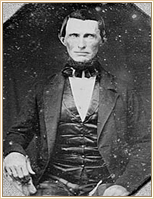 Hidalgo who’d been orphaned during the Mexican War and brought to Georgia by Henry Holliday in his bachelor days.
Hidalgo who’d been orphaned during the Mexican War and brought to Georgia by Henry Holliday in his bachelor days.
Before long there were girls coming to join the family: Alice Jane’s younger sisters Eliza and Ella and Margaret, given into Henry Holliday’s guardianship when their father William Land McKey died. But there were no sisters or brothers for John Henry. His parents’ only other child, a baby girl they named Martha Eleanora, had died six months after her birth and nearly two years before John Henry was born.Continue reading
Holliday
Stories
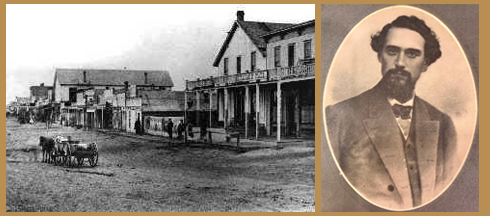
The Mysterious Dr. Holliday of Dodge
Doc Holliday arrived in Dodge City, Kansas in the spring of 1878, and opened a dental practice at the Dodge House Hotel. The town was lively that summer, keeping the local police force occupied with arresting drunks and cowboys who carried their pistols with them over the “deadline,” the boundary between the red light district south of the railroad tracks and the business district north of the tracks. Wyatt Earp had arrived back in Dodge soon after Doc got there, and took back his former job as Assistant to Marshal Charlie Bassett. Bat Masterson was in town, too, as the new Sheriff of Ford County, and it was there that he first met Doc Holliday. As he later wrote of Doc during his time in Dodge:
He was slim of build and sallow of complexion, standing about five feet ten inches, and weighing no more than 130 pounds. His eyes were of a pale blue and his moustache was thin and of a sandy hue. Dodge City was then very much like Dallas and Denver, only a little more so, and the doctor did not express regret at having come. It was easily seen that he was not a healthy man for he not only looked the part, but he incessantly coughed it as well. During his year’s stay at Dodge at that time, he did not have a quarrel with anyone, and, although regarded as sort of a grouch, he was not disliked by those with whom he became acquainted. Continue reading
Holliday
Stories
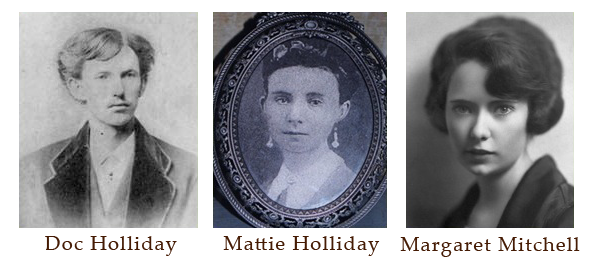
Doc Holliday’s Family Affair
“I was in love once. My first cousin. She was… We were both so…
She joined a convent over the affair.
She was all I ever wanted.”
Those are Doc Holliday’s words in his tragic but touching final scene from the film “Tombstone,” the cult classic that made Doc lovable and relatable again after a generation of his being cast as a movie villain. In Kevin Jarre’s brilliant version of the West’s most famous gunfight, gambling dentist Doc Holliday is lawman Wyatt Earp’s most loyal friend – and the heart of the whole story. Partly that comes from Jarre’s own script which gave Doc so many quotable lines. Partly that comes from actor Kurt Russell’s generous editing of the filming script that cut out many of Wyatt’s lines in favor of a focus on Doc. For as every follower of Westerns knows, if you have a sympathetic Doc Holliday, you have a hit movie.
But what about that iconic final scene, as Doc confesses his young love and then dies? Was that Jarre’s dramatic invention or Russell’s addition? Or was it based on something from Doc Holliday’s own life?
According to old Holliday family stories, the young romance between Doc and his first cousin really happened – and may have been one of the reasons he left Georgia. The girl was Martha Anne “Mattie” Holliday, daughter of Doc’s uncle Robert Kennedy Holliday. Doc (then just John Henry Holliday) grew up in the little city of Griffin, Georgia, while Mattie grew up in Jonesboro, thirty miles or so up the road. Although the families were a bit separated in those horse-and-buggy days, they gathered together whenever they could, often at the home of Doc’s medical doctor uncle, John Stiles Holliday, in nearby Fayetteville. Mattie was eighteen months older than John Henry, but the two were close as children and remained close – and reportedly even had a romance when they were teens. While we might not consider cousins as appropriate sweethearts, in 19th century America cousins did sometimes fall in love and marry. As Margaret Mitchell says in the classic novel of the Old South, Gone With the Wind: “The Wilkes and Hamiltons always marry their own cousins.” She was referring, of course, to Ashley Wilkes (Scarlett O’Hara’s crush) marrying his cousin, Melanie Hamilton.Continue reading
Holliday
Stories

Doc Holliday & Dr. Long: Bringing Life to a Legend
Doc Holliday is one of the great legends of the Wild West, his life an epic adventure that’s been told and retold in literature and film. But without the help of another legendary doctor, he might never have seen the Wild West at all.
According to one old family story, John Henry Holliday was born with a cleft palate that threatened his life and required a dangerous surgical procedure – the surgery performed by his medical doctor uncle, John Stiles Holliday, assisted by the Holliday’s relative Dr. Crawford Long, who pioneered the use of ether anesthesia in surgery (see links below).
A cleft palate occurs during pregnancy, when the two halves of the baby’s mouth do not connect and grow together as they were designed to do. It’s that joining together that makes a suture line down the roof of your mouth and gives your lips that pretty bow shape. If that joining doesn’t happen, a baby is born with a “cleft” – a gap in the roof of the mouth that opens up into the sinuses. If the cleft continues into the lip and up into the nose, it’s what is known as a “harelip”…Continue reading
Holliday
Stories
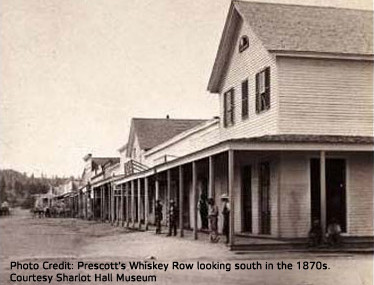
Doc Holliday and the Ghost of Ed Bailey
In the opening scenes of the movie “Tombstone,” Wyatt Earp asks his brother Virgil if he happened to see anything of Doc Holliday while he was in Prescott on his way to Tombstone. Virgil replies, “Yeah. He had a streak when we left, him and Kate.” The scene soon cuts away to show Holliday sitting at cards in a saloon, with a monumental painting of a nude woman on the wall behind him and his elegantly dressed Hungarian mistress, Kate Elder, at his side. On the green baize table in front of him are the scattered paraphernalia of poker: paperboards, poker chips and silver coins, a gold pocket watch. And across the table, his anger seething, sits gambler Ed Bailey who is clearly losing this hand.
“Why, Ed Bailey,” says Doc in his best gentlemanly Southern drawl while he gives a tap to the pearl-handled pistol in his pocket, “are we cross?”
“Them guns don’t scare me,” replies Ed Bailey darkly. “‘Cause without them guns you ain’t nothin’ but a skinny lunger.”
“Ed, what an ugly thing to say. I abhor ugliness. Does this mean we’re not friends anymore? You know, Ed, if I thought you weren’t my friend, I just don’t think I could bear it.” And to show his cordial intent, Doc pulls out his pistols and lays them down on the table with the coins and the poker chips. “There. Now we can be friends again.”Continue reading
